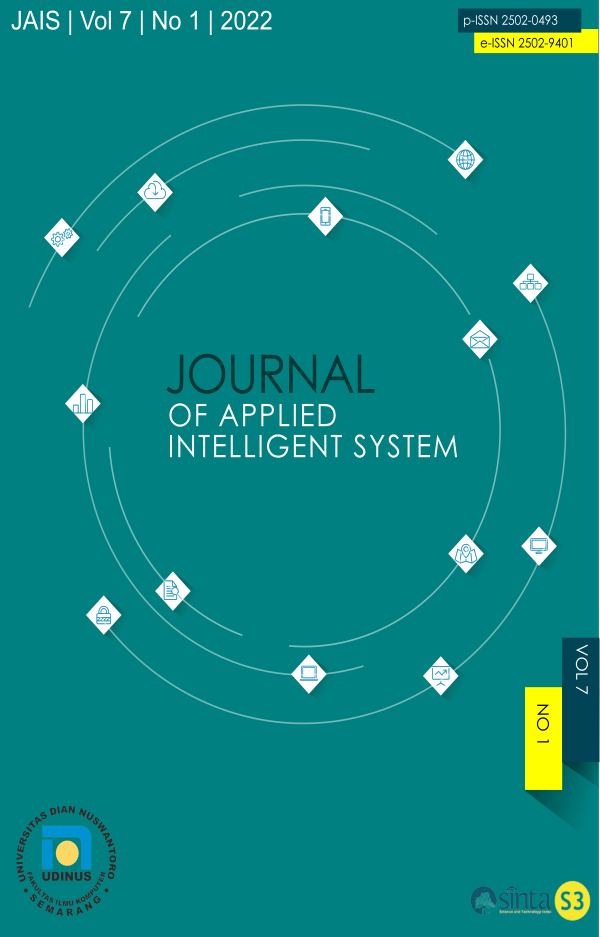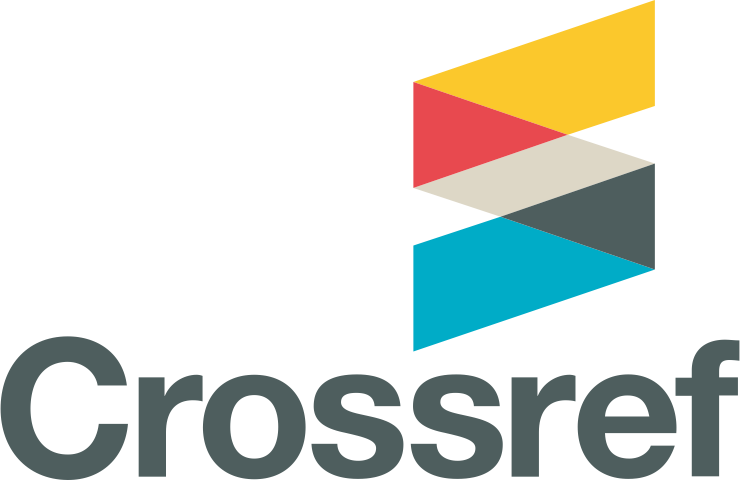Gold Price Prediction Using Support Vector Regression
DOI:
https://doi.org/10.33633/jais.v7i1.6124Abstract
In this modern era, one of the businesses that continues to grow is investment. Gold has a more stable value. In Indonesia, there are futures exchange companies that offer gold investment with an online transaction system (E-Trade). The amount of demand and supply, the rate of inflation, economic conditions, and many more can affect the high and low prices of gold. Due to changes in the conditions above, the price of gold may increase, decrease, or remain constant every day. The price of gold that can go up and down causes the need for gold price predictions so that future gold trading investment prospects can be seen. In this final project, the accuracy of Support Vector Regression will be investigated to find out how accurate it is in predicting gold prices with High, Low, Open, Close, and Volume variables. Based on the calculation of the best RMSE in the study, it was found that the best RMSE was to use a Linear kernel with a C of 35 and using a Y variable dataset of 7.4615. The Support Vector Regression Algorithm can predict quite well, as evidenced by the acquisition of fairly good RMSE results. It is necessary to do a simulation of buying and selling gold based on the prediction results and comparing the advantages of the testing data and the actual data.References
Dwi, N. (2015). Penerapan Algoritma Support Vector Machine untuk Prediksi Harga Emas. Jurnal Informatika Upgris, 1(1), 10–19. https://doi.org/10.26877/jiu.v1i1 Juni.805
Kusumodestoni, R. H., & Sarwido, Komparasi Support Vector Machines (SVM) dan Neural Network Untuk Mengetahui Tingkat Akurasi Prediksi Tertinggi Harga Saham, 2017.
Guntur, S. R., Kumar, N. S. S., Hegde, M., & Dirsala, V, R, In Vitro Studies of the Antimicrobial and Free-Radical Scavenging Potentials of Silver Nanoparticles Biosynthesized From the Extract of Desmostachya bipinnata, 2018.
Yang, Y. and Liu, 1999, “Proceedings of ACM SIGIR Conference on Research and Development in Information Retrieval “, (SIGIR'99, pp 42--49).
28. Kim S, Jhong JH, Lee J, Koo JY. Meta-analytic support vector machine for integrating multiple omics data. BioData Min. 2017;10(1):2.
Enri, U. (2018). Optimasi Parameter Support Vector Machines Untuk Prediksi Nilai Tukar Rupiah Terhadap Dollar Amerika Serikat. Jurnal Gerbang, 8(1), 12–16.
Pudjianto, E., & Supriyanto, C. (2015). Prediksi harga komoditas emas dan batubara di pasar dunia dengan algoritma support vector machine. 11(April), 13–23.
Sari, E. P. (2016). Model Prediksi Harga Saham Media Sosial Berdasarkan Algoritma Svm Yang Dioptimasikan Dengan Pso. None, 12(2), 161–170.
Panggabean, V., Nababan, E., & Bu, F. (2013). Analisis Fundamental Dan Analisis Teknikal Pada Investasi Trading Emas Online Dengan Value At Risk. Saintia Matematika, 1(4), 369–382.
Ahmad, A. (2017). Mengenal Artificial Intelligence, Machine Learning, Neural Network, dan Deep Learning. October.
Yasin, H., Prahutama, A., & Utami, T. W. (2014). Prediksi Harga Saham Menggunakan Support Vector Regression Dengan Algoritma Grid Search. Media Statistika, 7(1), 29–35. https://doi.org/10.14710/medstat.7.1.29-35
Sari, Y. (2018). Prediksi Harga Emas Menggunakan Metode Neural Network Backropagation Algoritma Conjugate Gradient. Jurnal ELTIKOM, 1(2), 64–70. https://doi.org/10.31961/eltikom.v1i2.21
Azam, D. F., Ratnawati, D. E., & Adikara, P. P. (2018). Prediksi Harga Emas Batang Menggunakan Feed Forward Neural Network Dengan Algoritme Genetika. Jurnal Pengembangan Teknologi Informasi Dan Ilmu Komputer (J-PTIIK) Universitas Brawijaya, 2(8), 2317–2322.
Zulfikar, W. B., & Lukman, N. (2016). Perbandingan Naive Bayes Classifier Dengan Nearest Neighbor Untuk Identifikasi Penyakit Mata. Jurnal Online Informatika, 1(2), 82–86. https://doi.org/10.15575/join.v1i2.33
Downloads
Published
Issue
Section
License
- Authors retain copyright and grant the journal right of first publication with the work simultaneously licensed under a Creative Commons Attribution License that allows others to share the work with an acknowledgment of the work's authorship and initial publication in this journal.
- Authors are able to enter into separate, additional contractual arrangements for the non-exclusive distribution of the journal's published version of the work (e.g., post it to an institutional repository or publish it in a book), with an acknowledgment of its initial publication in this journal.
- Authors are permitted and encouraged to post their work online (e.g., in institutional repositories or on their website) prior to and during the submission process, as it can lead to productive exchanges, as well as earlier and greater citation of published work (See The Effect of Open Access).













